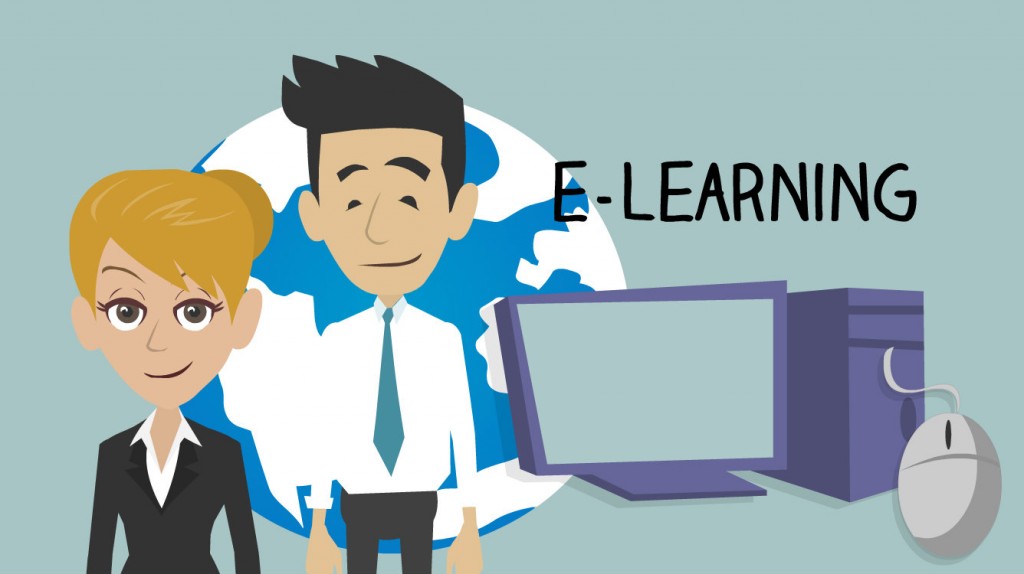Why Microsoft Dynamics LMS Integration?
Let us see how Microsoft Dynamics LMS integration combines the power of your CRM with your Learning Management System to streamline your business.
Dynamics CRM On The Up And Up
The success of Microsoft Dynamics CRM has been astounding. In a few short years since entering the market in 2003 as Microsoft CRM, and through various different versions of Microsoft Dynamics all the way up to the Dynamics 2015 version we see today, Microsoft have wrestled a large chunk of the market away from other CRMs, such as Salesforce and SugarCRM, and built a business worth over $2 billion.
With recent moves focusing on increasing the productivity of companies, rather than simply supplying IT systems, Microsoft Dynamics CRM has been given a new home under the Cloud and Enterprise product division as of June this year. With the departure of Kirill Taterinov, who had been head of dynamics since 2007, and the departmental reshuffle which saw Dynamics fall under new jurisdiction, it may seem a lot like Microsoft Dynamics’ future was straying into the realms of uncertainty.
What Next For Dynamics?
However, following the Microsoft Convergence conference in March of this year, which showcased the new and exciting developments in store for the service, it is now clear that its future is indeed very much alive and even more exciting than had previously been thought.
Microsoft Dynamics’ move to Cloud and Enterprise makes a lot of sense within the context of its trajectory of recent years. Part of a series of changes that aim to consolidate the power of sales, marketing, service, and social, this move is integral to transforming Dynamics, together with other applications and services, into a connected set of products which truly help to streamline the business and change the way it operates by increasing productivity across the board.
How Does Your Learning Management System Fit Into This?
Although not part of this new wave of Microsoft developments, Learning Management Systems are fast becoming important and vital part of the growth of an organization for this very reason: they streamline not just training, but the business as a whole. With a strong Learning Management System geographical locations, time zones, and language cease to have so much relevance as self-paced, training is available on-demand and on almost any portable device with the latest mobile learning functionality.
The best corporate Learning Management System like Paradiso LMS from Paradiso Solutions gives the organization the power to ensure that all stakeholders in the company -employees, channel partners, and customers- have instant access to important and up to date training, and that geographical location, disability, or lack of a reliable internet connection are no barriers to the availability of the training.
Integration Is The Way Forward
Just like a robust CRM such as Microsoft Dynamics, an LMS can transform the way an organization works, and there are frequently overlaps in terms of data and functionality. This is why Paradiso Solutions has developed Microsoft Dynamics LMS integration, so that two of the most important applications in constant use at your organization can work together to provide a better, more streamlined experience. Paradiso has already had much success in this area with its Salesforce LMS integration, which works in much the same way, and the integration can easily be adapted to work with Microsoft Dynamics AS, GP or NAV.
Microsoft Dynamics LMS Integration Features
But how does the integration work? How can two applications that serve two different purposes work together? Well, as mentioned, there are a number of overlaps in which data synchronization can serve an important purpose:
- Single Sign On (SSO).
Microsoft Dynamics LMS integration has Single Sign On (SSO) built into it, so that after you log into Dynamics your training is available via a tab on the dashboard. No more having to remember loads of different login credentials; Dynamics LMS integration gives you direct access to eLearning content from your CRM. - User Information Exchanged.
When a new user is entered into the CRM, this information is automatically shared with the Learning Management System. Important user data like name, address, social security number, position, department etc. is synched between the two systems. This way you ensure that all data is up to date and current. Likewise learning records can easily be viewed from Microsoft Dynamics and vital information -for example the completion of crucial compliance training- is sent from the Learning Management System to the CRM. This way if employees or partners are yet to complete certain mandatory compliance training, you will automatically know. - Advanced Reporting.
Reporting is a fundamental part of checking not only that certain training goals, learning plans, or milestones are being achieved, but also how effective your training is across the company. Thanks to the Microsoft Dynamics LMS integration the data used for building the reports can come from both your CRM and Learning Management System, increasing their granularity and accuracy and helping to build a more detailed picture of your learners and their progress.
As I already said training from the Learning Management System is accessible via a tab on the Dynamics dashboard. Bringing your Learning Management System and CRM together helps with learner engagement, as learners can go directly to their training without fussing around logging onto other platforms.
Make Your Sales Team The Best They Can Be
Your sales team is what drives the business. Without a strong, clued-up sales team your business can’t grow at its full potential. It is for this reason that sales training is so crucial, and even more important that your CRM and Learning Management System work together. Whereas previously training your sales team relied on instructor-led face to face classes, now your Learning Management System allows you to control what your sales team learns (new products, changes in tactics or company policy etc.), how the training is delivered (classroom-based, gamification, blended learning, and more) and on what device (PC, laptop, tablet, or smartphone). There is now no excuse for not being able to complete training, thanks to the Offline Player which lets learners download training when connected to the internet to be completed at their convenience.
Microsoft Dynamics LMS integration makes a lot of sense and, given that it is a Microsoft product and incorporates Office365, is immediately familiar to anyone who has ever worked with MS Office. Clearly there is cost to bear in mind, especially if your organization is a Subject Matter Expert. At Paradiso we work with you and your organization to determine which features are the best fit for your business, based on factors such as company size and budget. Our solution is tailored to you, and we do all the hard work, development and implementation for you, as well as providing full client training.
This post was first published on eLearning Industry.





